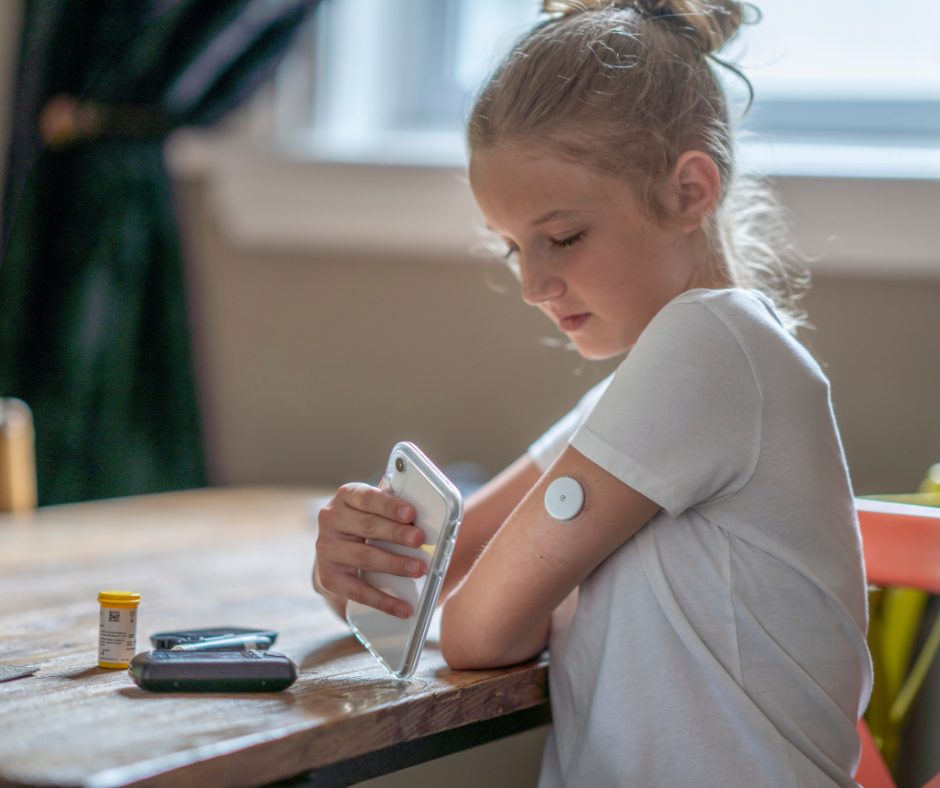Imagine living with type 1 diabetes for years, dependent on daily insulin injections, only to discover that scientists have found a way to essentially “cure” your condition using your body’s own healing power.
That’s exactly what happened to one remarkable patient who became the first person in the world to produce his own insulin again through a revolutionary gene-editing treatment.
This groundbreaking achievement comes from a team of researchers at Uppsala University in Sweden, working with UC San Francisco, who used CRISPR gene-editing technology to modify donated pancreatic cells.
The genius lies in their approach: instead of simply transplanting cells that would be attacked by the patient’s immune system, they essentially gave these cells an “invisibility cloak” by editing their genetic code in three specific ways.
Type 1 diabetes affects 9.5 million people worldwide and occurs when the immune system mistakenly destroys the pancreatic cells that produce insulin. Until now, patients faced a lifetime of insulin injections or risky transplant procedures requiring immune-suppressing drugs with serious side effects. This new approach sidesteps those complications entirely.
While this patient still requires some insulin injections since he received only a small amount of modified cells in this preliminary study, the transplanted cells continued producing insulin for 12 weeks without any immune system interference.
The implications extend far beyond diabetes. This technique could potentially be applied to other autoimmune conditions that become more common as we age, offering hope for treatments that work with our bodies rather than against them.
As one researcher noted in the study published in the New England Journal of Medicine, this represents a fundamental shift in how we approach autoimmune diseases – essentially teaching the immune system to ignore beneficial transplanted cells while maintaining its protective functions.
The next phase involves longer-term studies with larger amounts of modified cells, potentially leading to complete insulin independence for type 1 diabetics. For millions of families touched by this condition, this breakthrough offers something that seemed impossible just years ago: the prospect of a real cure.
Ready to dive deeper into this medical marvel? Check out the full article to discover all the fascinating details about how scientists are rewriting the rules of medicine.



